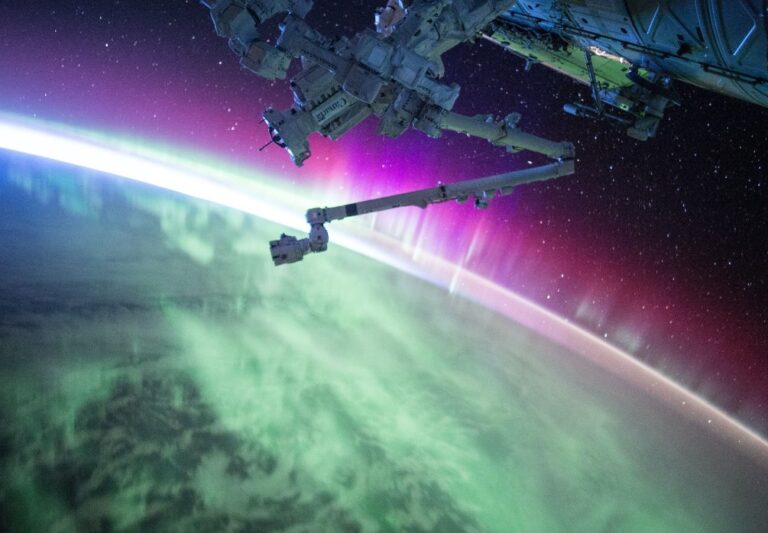2024 will start with a long series of space missions, great space firsts (such as the debut of the new European Ariane 6 rocket and the American Starliner crewed capsule). And at the end of the year, the long-awaited Artemis-2 mission, with the launch of the first human crew towards the Moon. Something that hasn’t happened since 1972.
In short, a long sequence of launches which, if respected, will make the new year one of the historic ones for space exploration. The missions to the Moon as well as the development of new launchers are all preparatory to the next conquest of Mars.
For which, the objective is to bring man to the red planet, after at least 25 years since automatic probes and rovers have been investigating the possibility of life on what is considered a twin planet of Earth.
Table of Contents
Missions to the International Space Station
The launch of a Falcon 9 rocket is therefore scheduled for January 17, with the Crew Dragon spacecraft at the top, for a mission managed and coordinated by the Texan company Axiom. The mission, called “Axiom-3”, will see four professional astronauts on board, despite being a private flight.
The launch, which will take place from Cape Canaveral, will bring the four crew members to the ISS, the International Space Station, for a 10-day mission.
Other launches (with crews and dates to be defined) will take place during the year. And naturally it will guarantee the Earth-ISS and return shuttle service with its tested Falcon 9 rockets and the Crew Dragons.
In February it will be the turn of the Crew 8 mission, headed to the ISS for the typical long-duration mission (6 months), with Matthew Dominik, Michael Barratt, Jeanette Epps and the Russian Alexander Grebenkin on board.
Mixed Russian-American launches to the ISS
2024 will also be the last year in which mixed Russian-American crews will be launched together towards the ISS. But the hope is that we can proceed further. Not only will the Elon Musk’s SpaceX spacecraft carry Russian cosmonauts into orbit. But also from Baikonur the Soyuz MS will carry US astronauts into orbit.
The first on March 13, with the Soyuz Ms-25, which will take off with the American Tracy Caldwell-Dyson on board, with Russians Oleg Novitskij and debutant Marina Vasilevskaija. An almost all-female crew.
The Soyuz TM-26 will take off on September 11th with a crew yet to be defined. Again for crewed missions, the debut of the Starliner capsule designed by Boeing, with an even more captivating design than the national competitor Crew Dragon, very similar to the historic Apollos.
The launch, atop an Atlas V, is scheduled for April 14 with two astronauts on board, former NASA veterans Barry Whilmore and Sunita Williams.
The Earth-Moon voyage in December 2024
In truth, the most anticipated crewed launch worldwide will be the one scheduled between November and December of the NASA’s Artemis-2 mission, for the first Earth-Moon voyage of the Orion spacecraft with 4 astronauts on board, who have been training since the beginning of 2023.
It will be a flight to the Moon, without landing, and will last about 10 days. Everything is ready at Cape Canaveral to welcome, after years, the thousands of tourists and visitors who have been waiting for this launch of astronauts towards the Moon since December 1972, with the last Apollo, number 17.
The launch will almost certainly take place in December. Almost as if to celebrate the 56th anniversary of the historic Apollo 8.
Which in December 1968 carried out the first ever Earth-Moon voyage with astronauts, under the command of Frank Borman, a legendary astronaut who died at the age of 95 last November. The reconquest of the Moon is now obvious. And this time no longer just by two superpowers, but by half planet Earth.
Read also: From spaceships to habitation: NASA’s groundbreaking technologies for sending people to Mars












